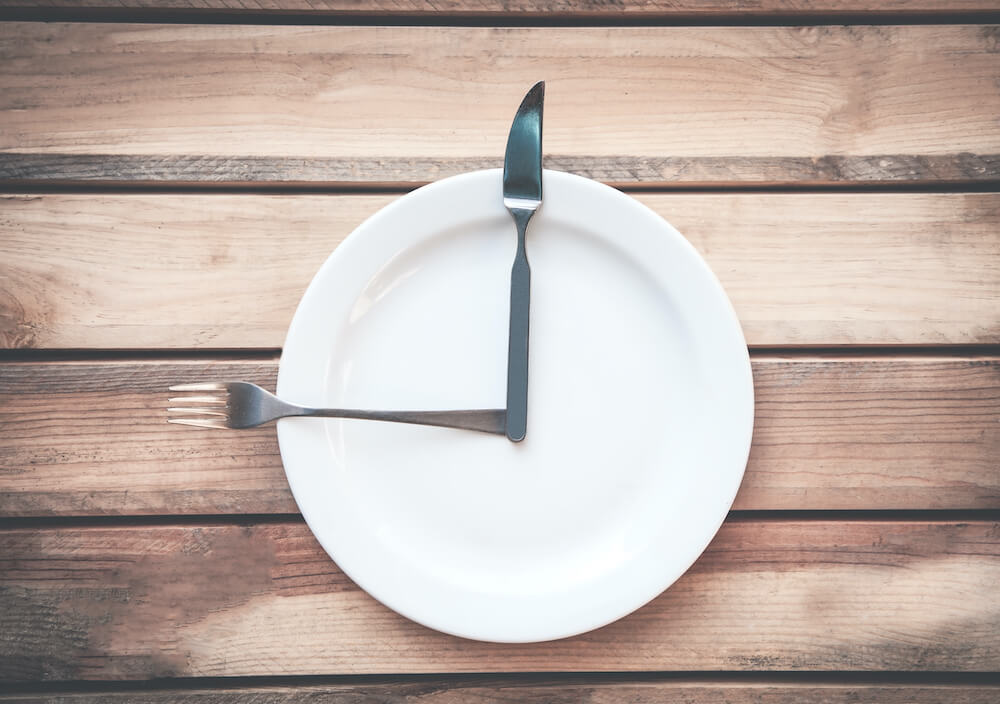The evolution of mealtimes: why do we eat when we eat?
It is certainly worth it to pay attention to your meals. However, throughout history, the question of “when” has been no less crucial than “what.” Let’s talk about mealtimes.

Food has always been a crucial part of human life—and a pillar of every society that has ever existed. Take almost any culture in the world: chances are, the first traditions you’d think about are centered around the cuisine or otherwise associated with sustenance.
With such variety, it’s no wonder that there cannot be any definitive answer as to when we should eat. People have been doing it differently for too long.
Industrialization and globalization brought about some uniformity in this regard, creating a three-meal model of breakfast, lunch, and dinner. However, times still vary greatly, and the pandemic and self-isolation have made our schedules even more haphazard and indiscriminate.
Let’s explore the social, historical, and even linguistic sides of mealtimes: there are plenty of interesting things to unpack here. We prepared the 10 most interesting facts about mealtimes and their evolution. The full article you may find in the Nerdish app.
10 facts about history of mealtimes
For most of human history, we have eaten one or two meals a day. For example, people in ancient Mesopotamia, China, and Greece usually had their main meal in the evening, as the sun began to set. Sometimes they had another one in the morning, often with the previous day’s leftovers.
“Breakfast” comes from breaking a fast. In early Medieval times, religious fasting became a fundamental part of people’s daily lives in many parts of the world.
The word “dinner” comes from Old French “disner,” which in turn stems from Vulgar Latin “disjejunare.” And that also means “breaking a fast. ”
The traditional English breakfast emerged around the 13th century.
Before hot brews became popular, most people accompanied their meals with beer, ale, and wine. Water (especially in the rivers that ran through cities) was too polluted and unreliable.
Whereas in the 1730s, dinner would begin around 3–4 PM, by the 1800s, it moved to 7 PM.
As upper-class and noblemen slept until noon, children and their mothers usually rose earlier. Late dinners were a significant wait—so luncheons became commonplace by the 1810s.
In 1985, British author Guy Beringer coined the term “brunch” as a merge of “breakfast” and “lunch.”
Initially, brunches were popular with families, who could spend time together instead of attending church service.
The exact eating schedule depends on your activity, health, age, and gender—and in the first place should be comfortable for you.
